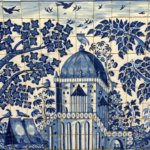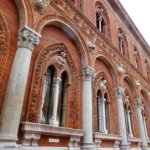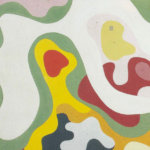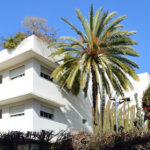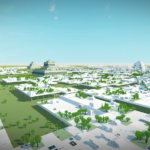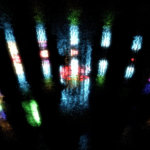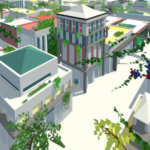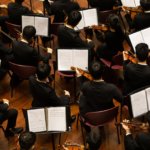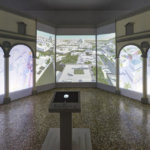
Artificial Natures
palazzo mora, 2018
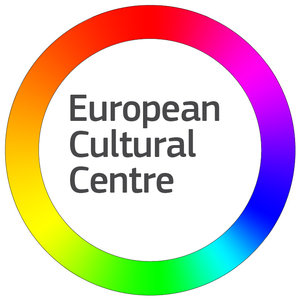
Artificial Natures
Today, we live in environments that became our ‘natural’ surroundings although they are not natural at all. Many of them are not even suited for a proper human living, e.g. when you think about the recent situation in urban agglomerations, or about our increasing dependency on internet-based mediated environments which we need and which became quite natural for us. But which are neither natural, nor present the normal, ‘natural’ environment of human beings for the most time of their history.
Read moreThe installation
The basic figure underlying the whole installation is an old one, that of a theatrum mundi, a world theatre showing the relevant issues in a kaleidoscopic manner. We present them as worlds, on a stage assisted by parallel smaller stages, placed as arcades.
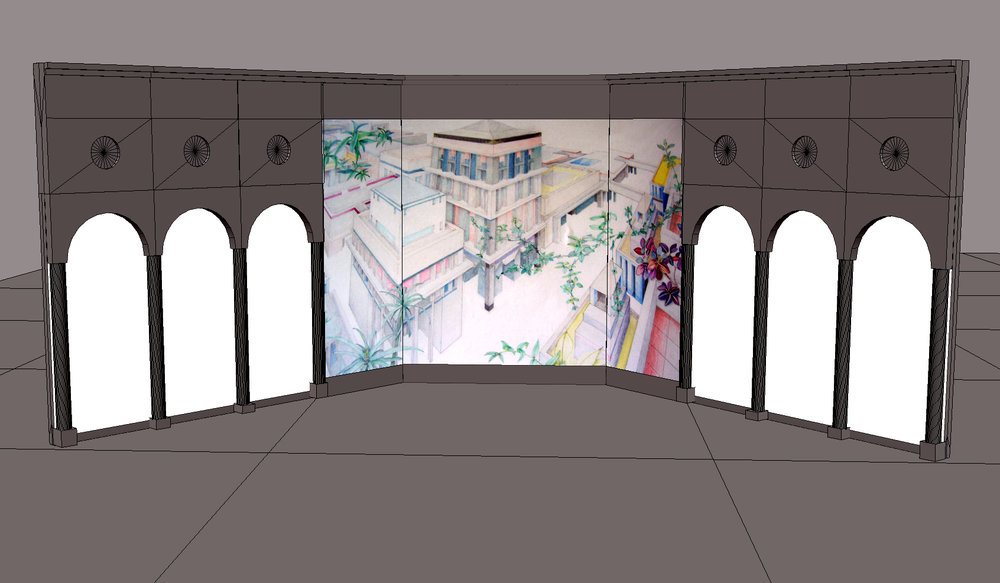
In the center, there is a triptych where the main worlds are presented, in sequential order. First, the symbolic scenery (‘world’) of the original paradise, represented by Lucia’s Garden; then the antipode to a natural environment: the ideal city, represented by Sforzinda; next, the park as another type of artificial nature, represented by a park of Roberto Burle Marx; then, a combination of ideal city and park, represented by the garden city of Tel Aviv; after that, a utopian variant of garden city in a recent shape, represented by the Terrace World; and finally, the space of a non-physical nature, the space of internet consisting of systems of algorithms, a world of abstract, disembodied space represented by the Abstract World.
These are the main worlds shown in the triptych, accompanied by their own music, each one a cosmos of its own, made up by the unity of visual space and musical space.
We had chosen the figure of the triptych due to its historical and symbolic relevance. In such a triptych, a scenery (a ‘world’) is shown that in itself, is divided into 3 scenes making up the whole. We use the very same figure, in presenting different vistas of one and the same world from 3 different perspectives, allowing the visitor to explore them deeply, in an interactive way.
These main or triptych worlds are assisted by vistas on worlds of a similar character, presented in the arcades on the left and right side of the triptych. The overall aim of such an arrangement was to show comparable world views of the same basic type, or gestalt of world. And, adopted to a theatrum mundi, to give an impression of the variety, but also on the common morphology of all of these worlds. By this, the visitor is enabled to gain a deeper perspective on the different types of artificial natures presented, on their symbolic contents and related, their different messages, on their similarities and differences.
The Worlds
Our general aim was to present worlds via their spaces, and to show the worlds as a totality of space. It is about the notion of gestalt, and related to it, of a space that is to be experienced as a whole. The space stands for the world in question (is a symbol for it), in expressing that world’s characteristics, its basic traits revealing its very nature. Imagination is needed when looking at those spaces then, an imagination of what kind of world we are confronted with when looking at its exemplary spaces showing that world symbolically.
The aim to reveal worlds in such a way is assisted by a particular music adapted to those worlds, and such a music’s approach will be explained in the end.
In the spaces themselves, we wanted to show entireties, world-spaces in total, and as totalities: how this world looks like, as a whole? And: how this world feels like, what is its general atmosphere of being that peculiar world (and no other one)? Therefore, we used a certain method for modelling those worlds, to reveal their character as entireties, as encompassing spaces where you can imagine to live in, or to walk around.
Per world, three different vistas are presented, to realize the same world under three different angles, or perspectives. This was the reason why to choose the classical Christian triptych as a means of presentation: you see a main perspective of the world in the middle, and additional perspectives on the sides, allowing for experiencing the same world in different views.
Parks
A park is the most nature-like and thus the most deceitfully natural artificial world. However, as well as the cities, parks are built artificially. The formula of a garden-city is simple, with nature and civilization in equal proportions. A park is a basic counter-figure to civilization, a place of retreat “into nature”. However, its greenery grows on the fruitful substrate of human culture. A garden is perceived as an aesthetic object; however, two essential stories of civilization are encrypted in its design – Functional and Ideal
Read moreThe team:
Ulrich Gehmann, Michael Johansson, Matthias Bühler, Mauro Ferrario, Yulia Leonova, Gabriele Bohn, Friedrich M. Seiler, Alexander Kadin, Ulrike Sattler, Hannah Whittaker, Faranak Tiba.
© 2018 Ulrich Gehmann All Rights Reserved

